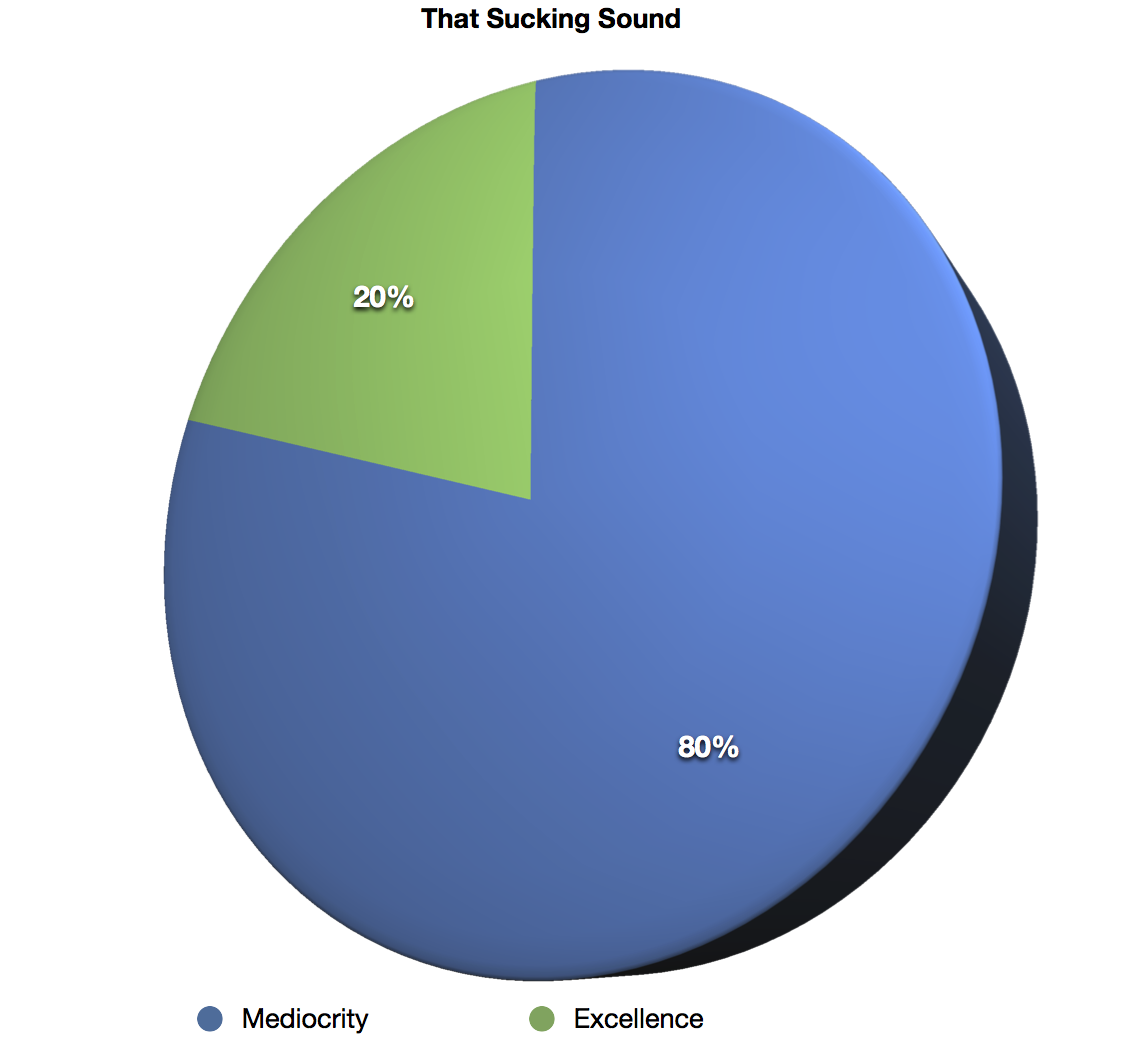Category: Business
-

Lessons from Elon Musk on Innovation
Are his predictions being given more airtime than they should because he is perpetually wrong? Of course. It’s called, “Celebrity CEO” status, and why the SEC is after him. At the same time, his companies out innovation other companies by a ratio of about 5:1.
-

List of Reading Lists
People ask me all the time where I keep my reading list. Well… my reading list is dynamic so posting a static version would be silly. So… by way of Internet Magic, I post links to the various reading lists I have. READERS NOTE: I neither endorse nor disagree with any of the books in…
-

The Most Powerful Question
I’ve always lived under the assumption that the question “Why” what the most powerful question. I’m now convinced there is a more powerful question that can unlock change in people. The question is, “What am I grateful for?” I just read this article on The Ladders written by UCLA researcher, Alex Korb, PhD. Alex is…
-

Performance Management Programs and Annual Appraisals
Corporations adopting Agile practices on their way towards being Agile often struggle with many legacy operational policies and procedures. One question that always comes up is how to conduct performance management appraisals with employees when Agile Teams are supposed to be Self-Directed, Self-Managed and mostly autonomous?
-

Lessons learned about being a fast-follower from driving around a new rental car
I don’t normally write reviews of automobiles. I felt compelled to write this one because of its relationship to addressing market demands. The car I drove this week was obviously targeted at a hyper-niche of the global automotive market: The Millennials. The design concepts are what I think are a good example learning how to…
-

“A Musician Must Make Music…”
“A musician must make music, an artist must paint, a poet must write, if he is to be ultimately at peace with himself.” — Abraham Maslow I had the rich pleasure to hear the William Peace University Peace Singers and Florida College Saturday night. That evening the Florida College students were spread amongst many volunteers hosts…
-
Scaling Agile Doesn’t Necessarily Lead to Business Agility
You don’t scale agility. You create a business-market fit with adaption capability.
-

Why I predict the 2013 Mac Pro will be DOA
Apple gave us another look at the 2013 Mac Pro this week at the update release announcement for the iPad line. Today another person noted what I’ve been mulling over for some time: the interesting design is missing two major features that will keep it out of the hands of a lot of video, audio…
-

Lessons Learned From Five Years of Agile Implementation Failures – AgileDC 2013 Presentation
< p> Well, another year of AgileDC is in the can. This year was another winner. Even though the flavor at AgileDC is always biased towards the Federal Government, it was strange that the topics seemed to be diverse and more engaging than those at the Agile Alliance’s Agile 2013. I confess that the topics…
-

Pareto’s Principle and that Sucking Sound in your Organization
Think about this statement: 80% of the people that need your help don’t know they need your help. Here is another statement: 80% of the people that need to read this blog post will never search for it. Another: 80% of the people that actually find this post and read it won’t actually believe it.…